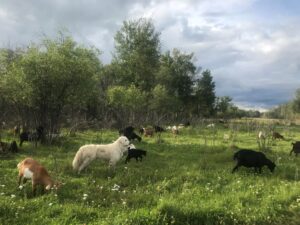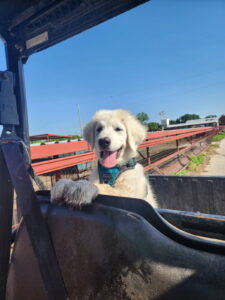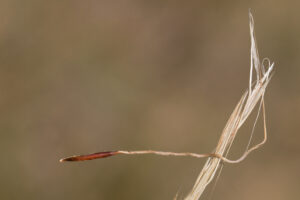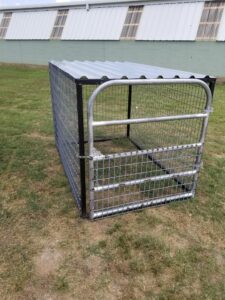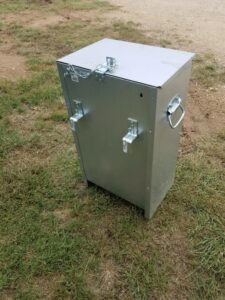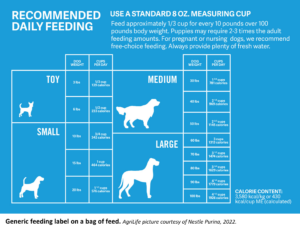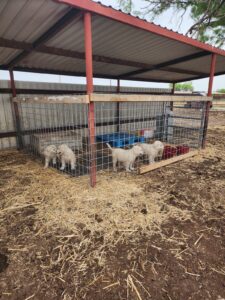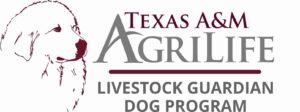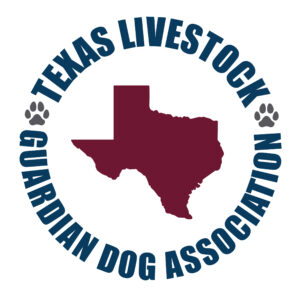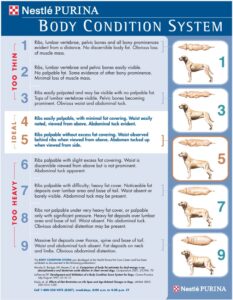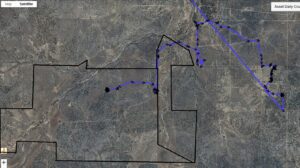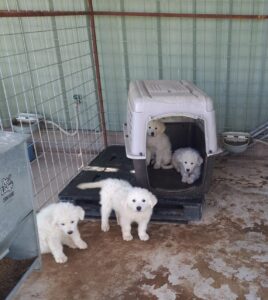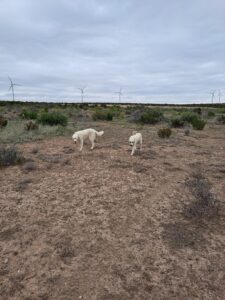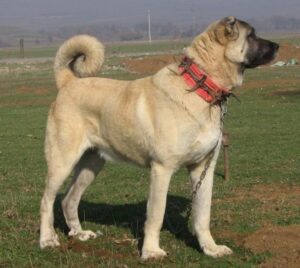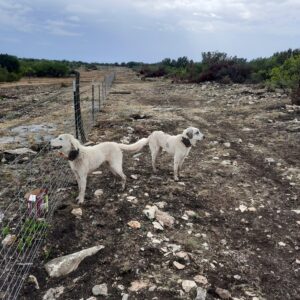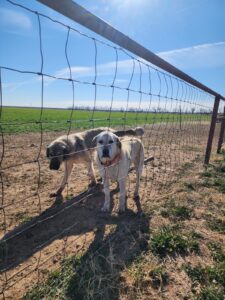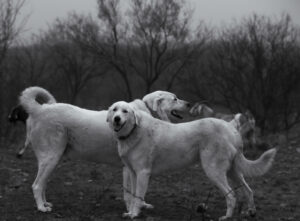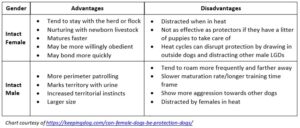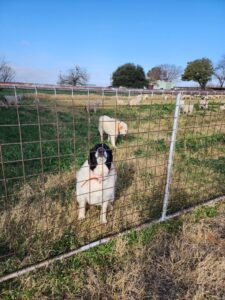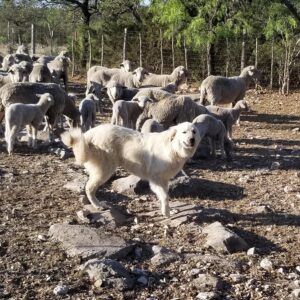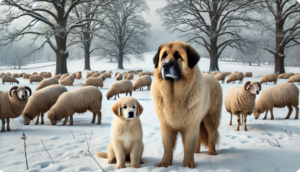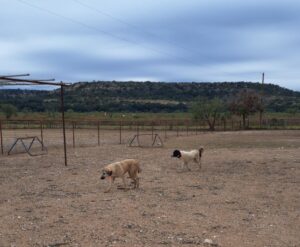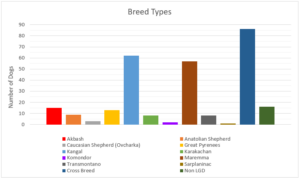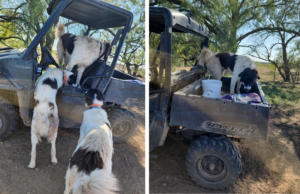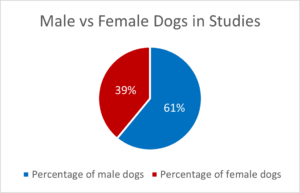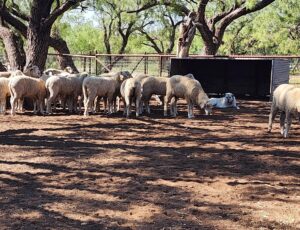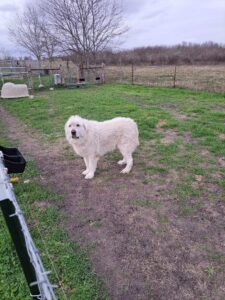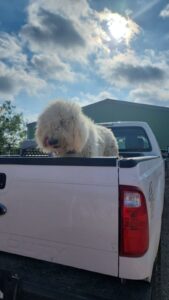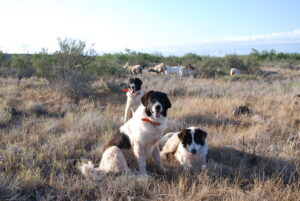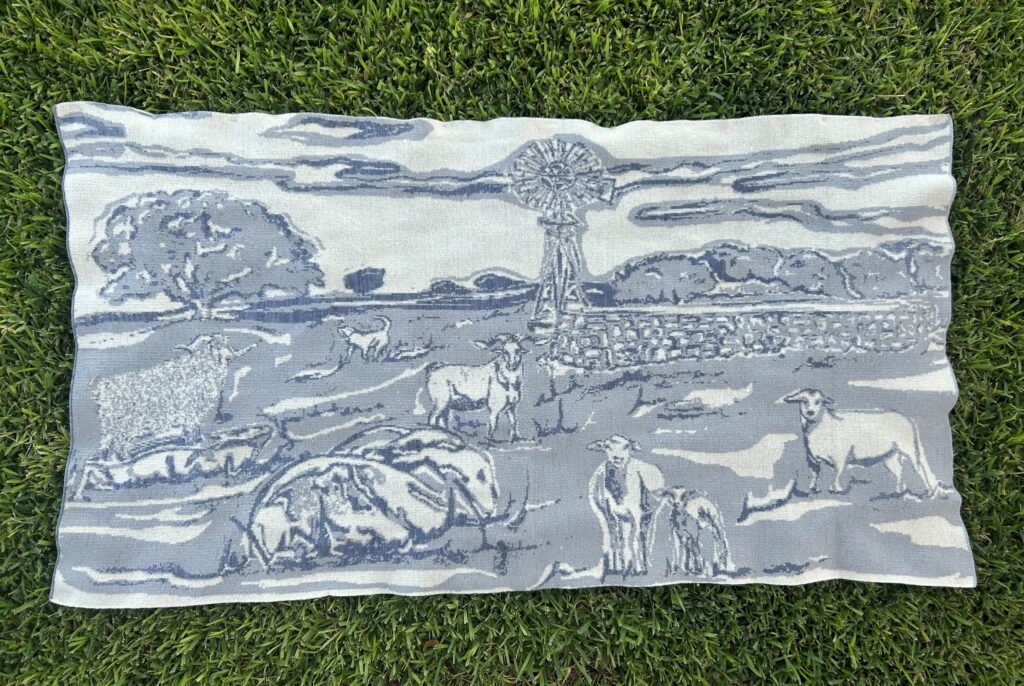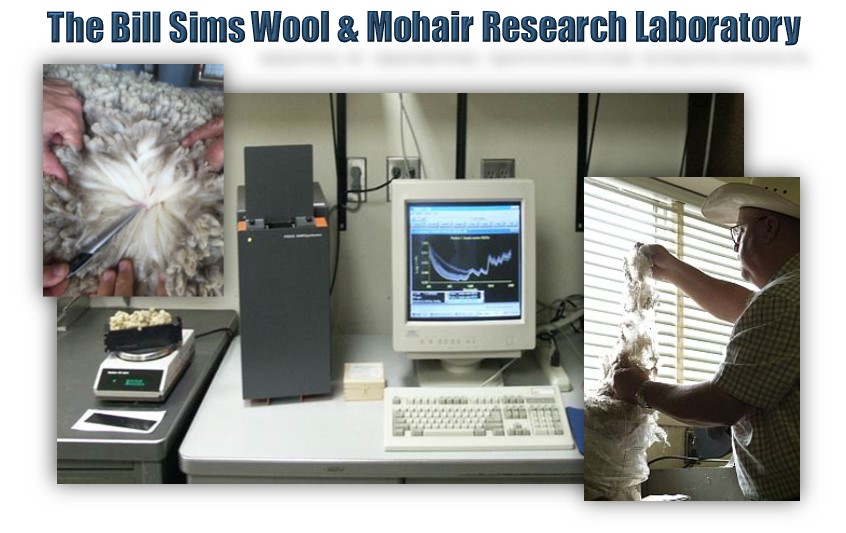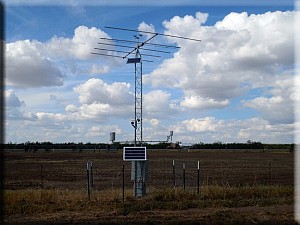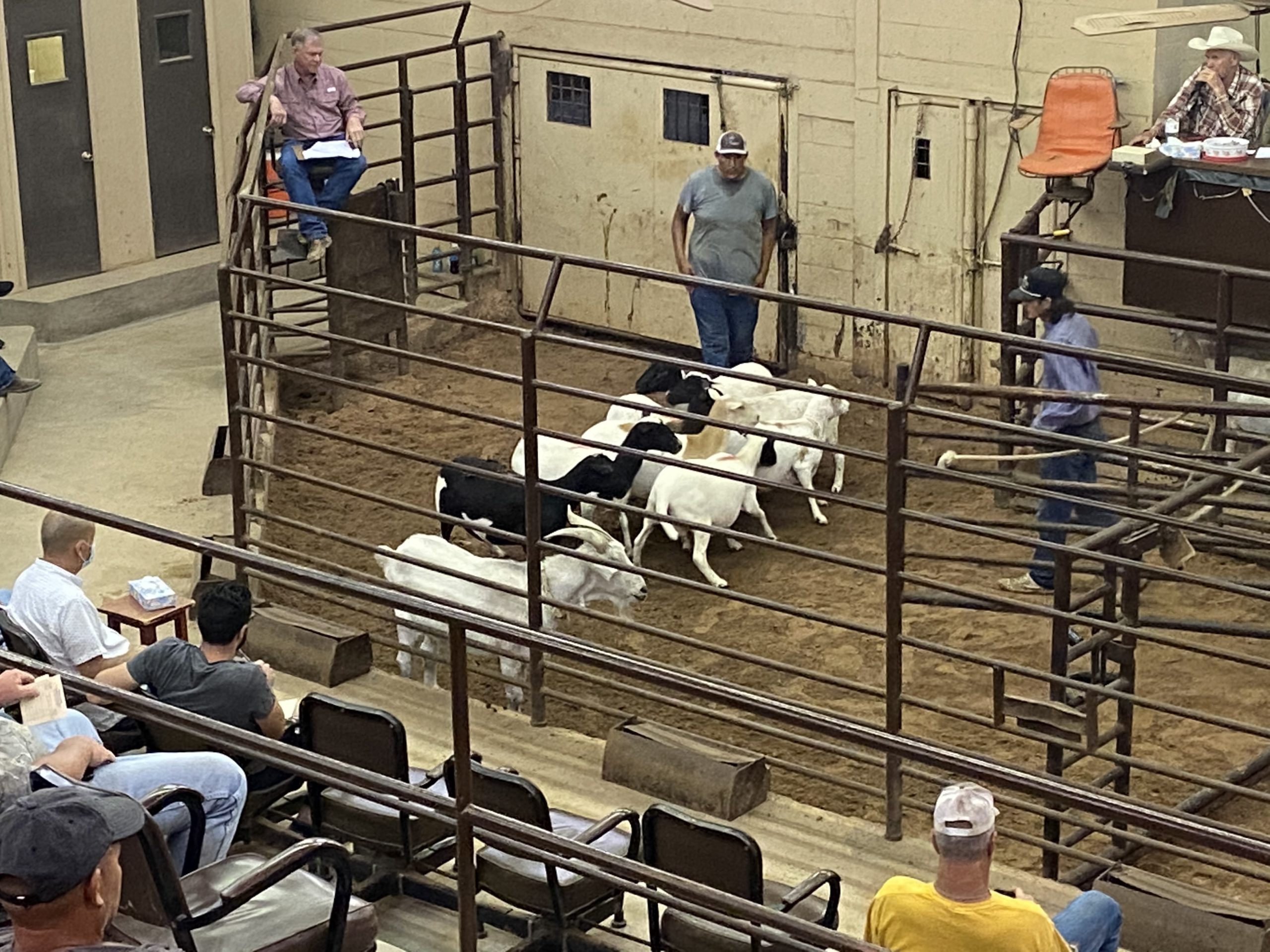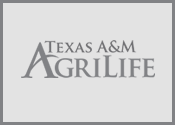
 I attended a fantastic conference in California last month. The Canine Science Symposium is held annually at the California State University, San Francisco campus. The weather was lovely throughout the event, with temperatures reaching the mid-70s. The conference features some of the leading canine scientists from across the nation and around the world, presenting their work to attendees. This year, the event was condensed into full days, covering a variety of topics on canine behavior and training. I was fortunate to be selected to present my master’s degree literature review findings in a poster at the event. I look forward to attending this conference in the future. Anyone interested in canine behavior and training should do the same.
I attended a fantastic conference in California last month. The Canine Science Symposium is held annually at the California State University, San Francisco campus. The weather was lovely throughout the event, with temperatures reaching the mid-70s. The conference features some of the leading canine scientists from across the nation and around the world, presenting their work to attendees. This year, the event was condensed into full days, covering a variety of topics on canine behavior and training. I was fortunate to be selected to present my master’s degree literature review findings in a poster at the event. I look forward to attending this conference in the future. Anyone interested in canine behavior and training should do the same.
AgriLife Livestock Guardian Dog Program: Update and Events
We did not host an online seminar in May because we held the field day last month. Our next webinar is scheduled for August 21st at 3:00 p.m. This quarter’s webinar will focus on the Akbash breed. Akbash dogs are a white, short-haired breed of livestock guardian dog (LGD), originally from Türkiye, and they are a personal favorite of mine. Kristal Spenrath, a long-time LGD breeder and co-owner of Crazy Goat Socks, will present the webinar next quarter. Check our Facebook page (@TAMUlivestockguarddog) for more information and visit the events page on the Center’s website to register as the event approaches.
We also have Dr. Katherine Lord scheduled to present our November webinar. Dr. Lord will share data from the working dog collection of Darwin’s Ark Canine DNA Project, of which she is a member. We highly encourage all LGD owners to participate in the working dog project, helping to gather data on all types of working dog breeds. Check our Facebook page (TAMUlivestockguarddog) for more information and visit the events page on the Center’s website to register as the event approaches.
Training LGDs
This month, we will launch a six-part series on training Local Guard Dogs (LGDs). Are livestock guardian dogs (LGDs) “untrainable?” Have they been bred to be stubborn and independent, designed to guard livestock without human direction? In addition to lacking socialization, this is one of the biggest myths about LGDs.
Can LGDs be trained? Yes, they can. Due to their size and strength, LGDs may accidentally or intentionally harm humans, other dogs, or livestock if not appropriately trained. When appropriate methods such as positive reinforcement and consistency are applied, LGDs respond well to limited obedience and livestock training, including commands like “no,” “stay,” and “come.”
Limited Obedience Training for LGDs
LGDs were not bred to function entirely independently of humans. Historically, they have always collaborated with shepherds in Europe. Traditionally, LGDs were never left to work alone with their animals year-round, as is often the case in Texas. Most breeds require significant human interaction until they reach adulthood, typically around two years of age. For millennia, shepherds often spent lengthy periods with their dogs during the day.
What does this mean for obedience training? Although LGDs are skilled problem solvers. They can be trusted to protect livestock even in their owners’ absence, they also have a strong desire for human companionship and praise. This desire makes them receptive to limited obedience training. Many people complain that their LGDs are difficult to train. This often stems from a lack of understanding of how to train them effectively. Typically, trainers may fail to make training enjoyable for the dogs or may hesitate to adjust their approach when the dogs show disinterest in learning a new command. In such cases, it is not the dogs that are at fault but rather the trainer.
We have observed that many LGD owners prefer to skip obedience training in favor of training their dogs directly with livestock. This
approach may be misguided. While obedience training can be time-consuming for LGDs, the benefits are substantial. By investing time in training, the dogs’ daily functioning improves as they learn to work with us rather than against us.
Basic obedience training teaches dogs essential commands that help them perform their protective roles more effectively. For instance, while an LGD needs to understand the “stay” command, teaching them to “roll over” is unnecessary!
Why Obedience Train LGDs?
LGDs require obedience training for two main reasons: safety and bonding. Their enormous size can pose a risk if they are not adequately trained. For instance, imagine a Pyrenean Mastiff jumping on a child or an individual with a pre-existing back condition due to insufficient training. Additionally, if a conflict arises between this dog and other dogs or even a person they perceive as a threat, the situation could escalate uncontrollably if the dog is not taught to follow commands.
Even smaller LGDs can still pose problems. Imagine a livestock guardian dog facing an adversary much larger than itself or encountering a predator and refusing to back down. In these situations, the dog must have a dependable recall and respond to the ‘come’ command. Without this training, the consequences could be dire, potentially injuring the dog, other animals, or even humans.
To encourage LGDs to respond to commands, they need to cultivate a close relationship with their owners. The concept of “obedience training” may be outdated. It implies a hierarchy where the owner must be the dominant “alpha” over the dogs. This approach suggests that dogs must obey their owners simply because they are in charge, failing to genuinely teach the dogs to meet their needs.
Instead, training should focus on fostering collaboration between dogs and humans. Both dogs and owners can learn from one another in this process. The owner’s role is not to dominate the dog but to cultivate a relationship based on trust and respect. In this way, dogs learn to respond to commands, not out of fear or obligation but because they want to please their owners and understand that this cooperation benefits both parties.
For this reason, we recommend acquiring a weaned puppy and bonding with it on the ranch. This approach enables producers to gain a deeper understanding of the dog’s behavior as it develops a bond with the ranch livestock and learns the expectations set by its owner.
Learning to work together voluntarily and in a fun way for the dog will give us the “obedience” we desire from the LGDs. This “obedience” is simply the dog’s trust in us and their desire to please us as partners in protecting livestock. We will continue this series next month in The Guardian Way.
Bonding Project Update
Round 6 Pups
All the pups from this round graduated this month. Dasher, Blitzen, and Lilly will join the AgriLife crew of LGDs protecting our research
herds. Dasher was successfully retrained with an E-collar to prevent him from playing with lambs. Lady will remain with her producer on a ranch in Ozona, while Comet and Lulu will be staying with their producer in Mc Camey.
Round 7 Pups
The “D” pups are all doing well in the cattle bonding project and are growing quickly. We have been working on leash and tether training, as
well as taking weekly vehicle rides. They will be released from the bonding pens into training pastures in late August.
In closing
If you enjoyed this monthly LGD blog, please remember to subscribe using this link: The Guardian Way | Texas A&M AgriLife Research and Extension Center at San Angelo.
If you have any feedback about this article or would like to propose topics for future articles, webinars, or workshops, please contact me at bill.costanzo@ag.tamu.edu or 325-657-7311.
Are you are seeking information on LGDs? Please visit our website, which features factsheets, global research on LGDs, and case studies we have conducted.
The Texas A&M AgriLife Livestock Guardian Dog Program is a collaborative initiative between Texas A&M AgriLife and the Texas Sheep and Goat Predator Management Board. Follow us on our social media platforms and share them with your friends and family!
Facebook, Instagram, YouTube: @TAMUlivestockguarddog
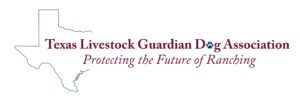 Be sure to visit the Texas LGD Association online! You can follow the organization on Facebook or YouTube under @TexasLGDAssociation or visit its website.
Be sure to visit the Texas LGD Association online! You can follow the organization on Facebook or YouTube under @TexasLGDAssociation or visit its website.
Texas A&M AgriLife provides equal opportunities in its programs and employment to all persons, regardless of race, color, sex, religion, national origin, disability, age, genetic information, veteran status, sexual orientation, or gender identity. The Texas A&M University System, U.S. Department of Agriculture, and the County Commissioners Courts of Texas Cooperating.

